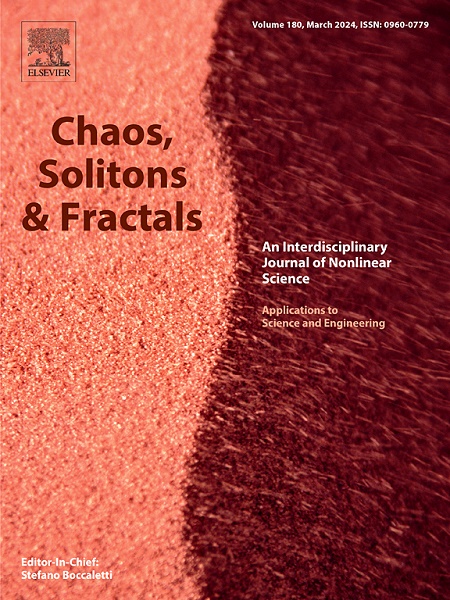Capability assessment and critical nodes identification in heterogeneous combat networks with multi-functional equipment
IF 5.3
1区 数学
Q1 MATHEMATICS, INTERDISCIPLINARY APPLICATIONS
引用次数: 0
Abstract
The aggregation of diverse equipment functionalities through networked forms represents a trend in the future warfare. Effective capability assessment and identifying critical nodes are fundamental aspects of related research. Advances in technologies have empowered individual equipment with multiple functionalities, leading to increasingly complex combat network structures. Current combat network capabilities assessment methods are exploratory and the coupling of operational logic with node characteristics further complicates critical node identification. This study proposes a novel Operation Chain (OC) capability measure to capture the process of its functional exertion and introduce a dimension for such a method. With the fusion higher-order nodes and ordinary nodes, a modeling approach is present for heterogeneous combat networks with multi-functional equipment (M-HCN), using a meta-path pruned breadth-first search for finding OCs. By evaluating the quantity and quality of OCs within a network, a capabilities assessment of M-HCNs is conducted. Based on the characteristics and capability contributions of OCs formed with the participation of a node, Operation Chain Centrality (OCC) is given to distinguish the importance of various nodes. We find the approach models multifunctional & conventional equipment in one heterogeneous network without introducing new OC types. The assessment method aligns with the characteristics of M-HCNs and provides an interpretable unit of measurement. Compared to 8 baseline methods, OCC exhibits significant advantages in terms of discriminability and effectiveness. The case also reveals that nodes with more functions are more likely to become critical and this observed pattern remains consistent across varying network scales.
求助全文
约1分钟内获得全文
求助全文
来源期刊

Chaos Solitons & Fractals
物理-数学跨学科应用
CiteScore
13.20
自引率
10.30%
发文量
1087
审稿时长
9 months
期刊介绍:
Chaos, Solitons & Fractals strives to establish itself as a premier journal in the interdisciplinary realm of Nonlinear Science, Non-equilibrium, and Complex Phenomena. It welcomes submissions covering a broad spectrum of topics within this field, including dynamics, non-equilibrium processes in physics, chemistry, and geophysics, complex matter and networks, mathematical models, computational biology, applications to quantum and mesoscopic phenomena, fluctuations and random processes, self-organization, and social phenomena.
 求助内容:
求助内容: 应助结果提醒方式:
应助结果提醒方式:


